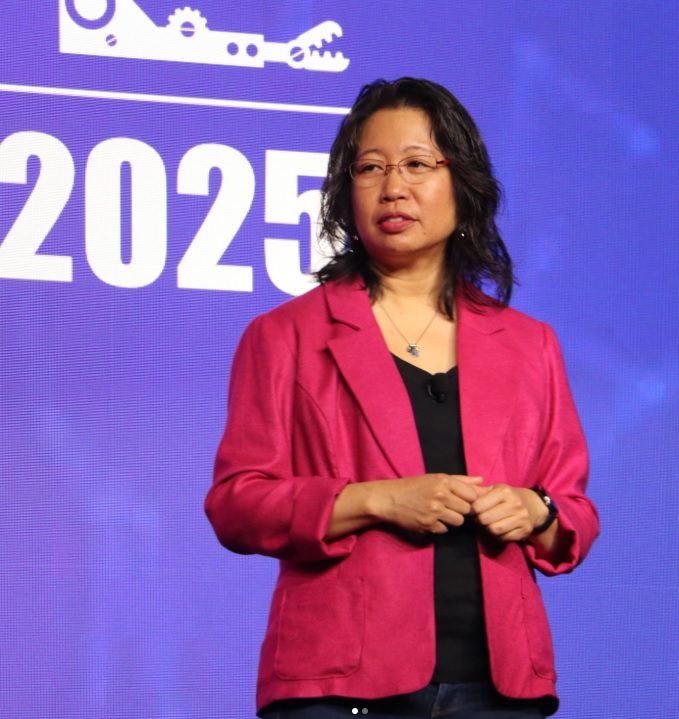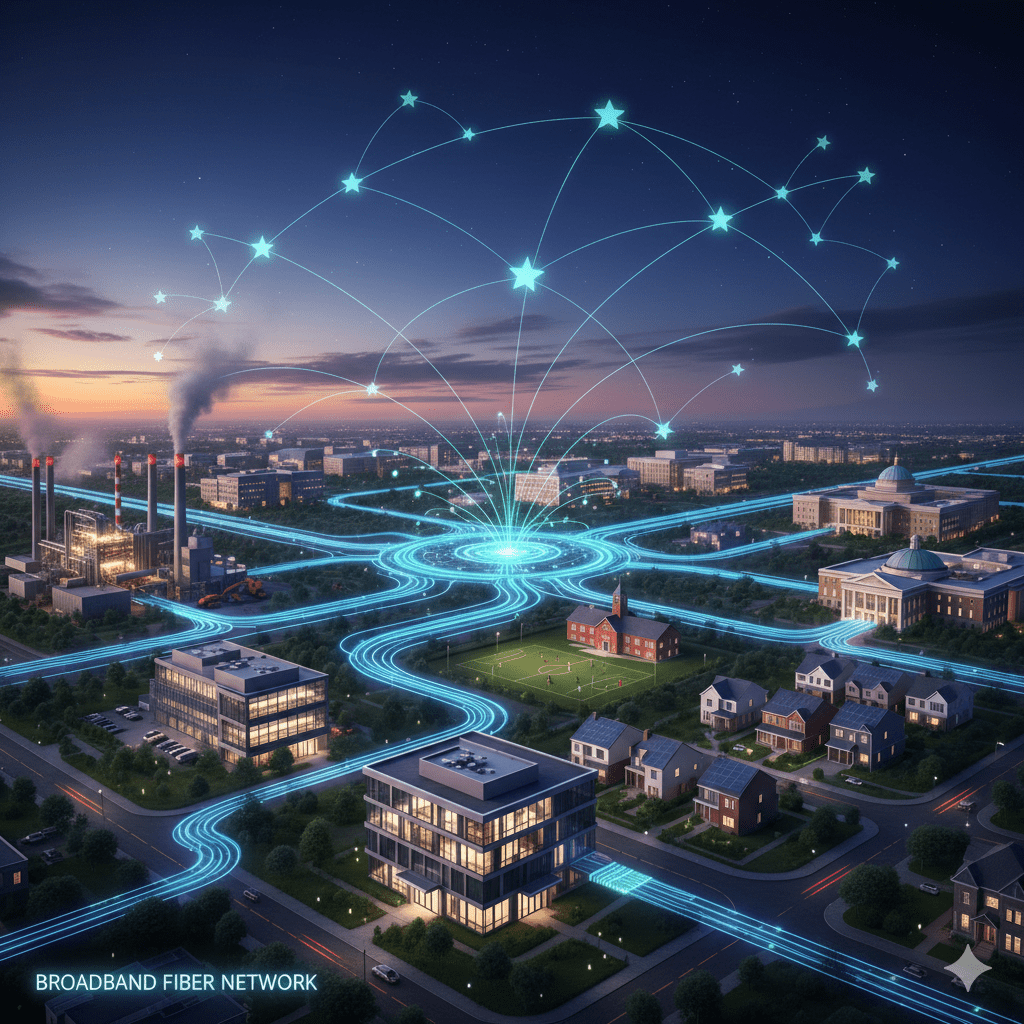
By Milton Kirby | Atlanta, GA | May 27, 2025
The 2025 IEEE International Conference on Robotics and Automation (ICRA 2025) concluded on May 23, following a week of groundbreaking research, dazzling robot demonstrations, and global collaboration. Hosted in Atlanta’s Georgia World Congress Center, this year’s ICRA was the largest in the event’s history, drawing more than 7,000 participants, 141 exhibitors, and hundreds of educational institutions and tech companies from around the world.
Organized by the IEEE Robotics and Automation Society, ICRA is recognized as the world’s premier robotics event. It combines academic research, industrial innovation, and community networking to explore how robots are shaping our world today—and what’s coming next.
Hands-On with the Future: Robots Take Center Stage
The exhibition floor at ICRA 2025 transformed into a living showcase of tomorrow’s technology. Spanning 235,000 square feet, it buzzed with live demonstrations of cutting-edge robots—from lifelike humanoids to four-legged machines designed for rescue, research, and even barista work.
Boston Dynamics drew a steady crowd with its agile quadruped robot, Spot. Measuring approximately 43 inches long and weighing 72 pounds, Spot is already being utilized in industries such as power generation, petroleum, and pet food manufacturing. At ICRA, Spot wowed attendees by navigating around obstacles, self-correcting after falls, and showcasing its ability to operate independently. It charges itself, re-routes when paths are blocked, and carries up to 14 kilograms of custom equipment. With more than 1,500 Spots already in the field, the robot’s user-friendly interface and powerful API make it ideal for hazardous inspections and industrial monitoring.
Unitree’s G1 humanoid robots also made headlines. These compact androids, standing 52 inches tall and weighing 77 pounds (including their battery), mimic the structure of a human body—complete with a head, torso, rotating arms, elbows, wrists, fingers, and legs with hip, knee, and ankle joints. The units even wore shoes for their performance. In a playful yet impressive demonstration, two G1s donned boxing gloves and engaged in a mock match, reacting to punches and showcasing their ability to regain balance after being hit. With approximately two hours of battery life and an AI-driven control system, the G1 demonstrated just how close humanoid robots are to mastering complex, real-world movements.
Nearby, Rainbow Robotics of South Korea showcased its RB-Y1 humanoid platform. This research-friendly bot features multiple control options, including a joystick, VR headset, and master arm system. The company also introduced a Mecanum Wheel System for 360-degree movement in tight spaces. RB-Y1 has already attracted users from top institutions, including MIT, UC Berkeley, Georgia Tech, and the University of Washington. Its flexible software development kit (SDK) enables researchers to tailor the robot for AI projects by utilizing grippers, LiDAR, and IMUs. Rainbow’s exhibit, supported by its US subsidiary in Chicago, reinforced the company’s growing global presence.
The MAB Honey Badger team returned with their latest version of a rugged quadruped robot: the HB4.0. Developed over nearly a decade, this legged robot has been field-tested in challenging environments and is now being deployed by customers for real-world applications. Designed for durability and agility, the Honey Badger is built to navigate rugged terrain where wheels and tracks fail.
On the more delightful side of robotics, Artly AI presented its Barista Bot, built not just to serve coffee but to do it with craftsmanship. Using deep learning and imitation-based training, Artly’s robots learn directly from human baristas. They recognize tools, follow quality checks at each brewing step, and produce consistently perfect drinks. The bots can be bought for $80,000 or leased starting at $2,650 per month. Artly’s mission isn’t to replace human baristas—but to honor and preserve the fine art of coffee-making, bringing café-quality service to airports, malls, and workplaces.
The exhibition area also featured The Gecko, a robot named for its sticky-footed namesake. With specialized grip pads and adaptive gait, The Gecko is designed for wall and pipe inspections, particularly in environments that are hazardous or difficult for humans to access. Its unique ability to navigate vertical or irregular surfaces has made it a favorite among research teams focused on infrastructure monitoring and maintenance.
Altogether, ICRA 2025’s exhibition floor was more than a tech showcase—it was a window into a world where robots not only support human work but do so with agility, precision, and even a touch of personality.
Where Arts and Engineering Meet
ICRA 2025 didn’t just showcase technology—it celebrated creativity. The growing “Arts in Robotics” program provided a unique perspective on how machines and art intersect. From choreography to sculpture and painting to costume design, the fusion of expression and engineering is redefining what robots can do.
This year’s events included live performances, juried art sessions, and workshops exploring motion planning in dance, haptics in clothing, and other related topics. It’s part of a larger trend: using robots not just as tools but as partners in human expression.
Powered by People: Global Collaboration and Education
ICRA 2025 featured over 2,000 paper presentations across 24 tracks, along with plenary talks and 52 keynote sessions. The conference also included workshops on robot ethics, robotics in Africa, and undergraduate education. Satellite conferences around the globe allowed remote participation, making this the most inclusive ICRA yet.
Top schools from around the world were well-represented. Gabrielle Madison says, “The A. James Clark School of Engineering of the University of Maryland (CSE) is a great place to get graduate engineering degrees in robotics. Our graduate engineering programs are run in conjunction with the nationally recognized Maryland Robotics Center.”
The CSE offers a Graduate Certificate in Engineering program in Robotics, which can be completed in as little as two years. The certificate credit can be applied to a Master of Engineering degree.
Graduates of the program have been placed in jobs such as software developer, robotics operator, sales engineer, robotics engineer, electrical maintenance engineer, process engineer and machine learning specialist. Some of their top student employers have included Accenture, Cognizant Technology Solutions, the US Department of Defense, H-Tech Engineers, Infosys Ltd., Naval Air Systems Command, Raytheon, and the US Navy.
Networking groups like Black in Robotics, LatinX in Robotics, and Queer in Robotics held events to strengthen community and inclusion in the field.
Jobs, Automation, and the Road Ahead
As robotics continues to advance, it brings both opportunity and disruption. According to the World Economic Forum, while 85 million jobs may be displaced by automation by 2025, 97 million new ones could emerge—if workers can reskill. McKinsey estimates that 375 million workers may need to change careers by 2030.
The robotics industry is expected to reach $73 billion globally by 2029. In the US, jobs for robotics engineers are projected to grow by 3.3% over the next decade, with thousands of new roles across fields.
Industries driving this growth include:
- Manufacturing: Cobots are speeding up assembly lines.
- Healthcare: Robots assist in surgery and elder care.
- Logistics: Autonomous bots are transforming warehouses.
- Aerospace & Defense: Drones and robotic suits are under development.
- Agriculture: Robots help with planting, sorting, and packaging.
Top careers in robotics include:
- Robotics Engineer – $95,300/year
- Software Developer (Robotics) – $122,386/year
- Electromechanical Technician – $76,543/year
- AI Specialist – $101,428/year
Educational paths range from two-year associate degrees for technicians to master’s programs for advanced engineers. Bootcamps and certifications also offer fast-track options for those entering the field.
Robotics Replacing the “Three Ds”
Many robots are now being used to take over jobs that are dull, dirty, or dangerous—reducing risks and improving productivity. Tasks such as bomb disposal, sewer inspections, and repetitive factory work are increasingly being handled by machines. A fourth “D” often added is “Dear”—jobs that are simply too expensive when done by humans.
Still, jobs that require emotional intelligence, creativity, and complex decision-making—such as those of teachers or therapists—remain less likely to be automated.
Looking Ahead
The energy at ICRA 2025 was electric. The blend of technical innovation, artistic collaboration, and career development made it a must-attend event for anyone in the robotics field.
Next year’s ICRA conference will take place in Vienna, Austria, from June 1 to 5, 2026. If this year was any sign, the future of robotics is not only bright—it’s inclusive, expressive, and globally connected.
Please consider supporting open, independent journalism – no contribution is too small!








